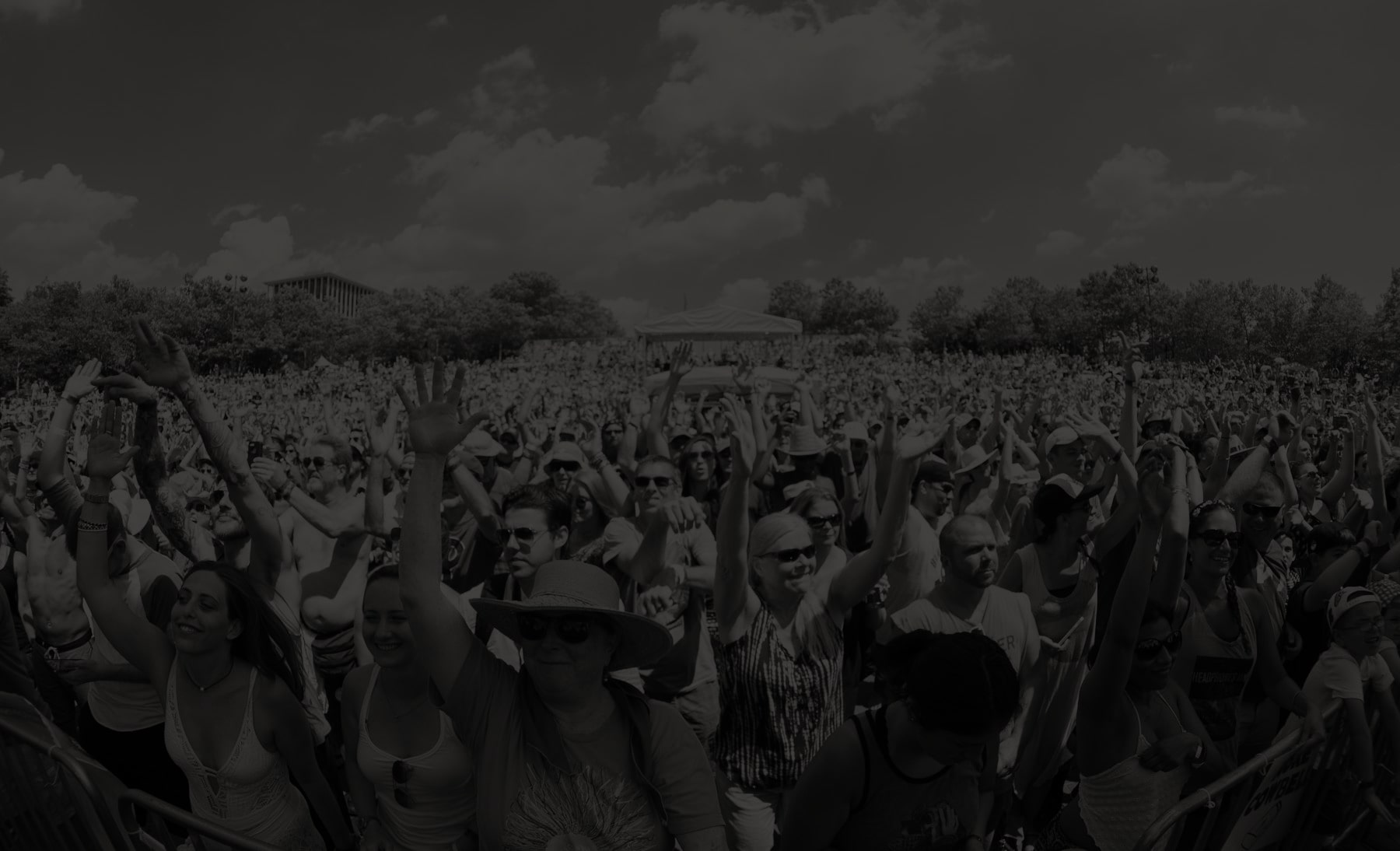
Tom Lawton brings Man Ray back to life at Friday’s Art After Five
Pianist Tom Lawton didn’t know much about Man Ray when the opportunity came his way to compose a suite of music inspired by the eclectic visual artist. But a crash course soon made Lawton realize that he had more in common with the Dada innovator than he’d expected.
“I’d seen one or two photos through the years, but I really had to start researching Man Ray from the ground up because I knew very little about him,” Lawton admits. “He turned out to be a fascinating character who I related to in a lot of ways. He worked in so many genres and was at one and the same time a fine artist and did other kinds of work in artistic ways for money, so he resembled a working jazz musician in that sense.”
It’s certainly a description that fits with Lawton’s career. His performance of the “Man Ray Jazz Suite” at the Philadelphia Museum of Art on Friday evening will be a rare occasion to see the pianist perform as a leader. More often, he’s either busy teaching – he’s on the faculty of both Temple and UArts – or working as a sideman for a host of local jazz singers and musicians, from straightahead gigs with saxophonist Larry McKenna to avant-garde outings with Bobby Zankel’s Warriors of the Wonderful Sound big band.
The “Man Ray Jazz Suite” was the brainchild of Philadelphia Jazz Project director Homer Jackson, a trained visual artist who was intrigued by Surrealism and Dadaism as a high school kid visiting the Art Museum. “The museum had a lot of work by Marcel Duchamp, who was a master of Dada, but always close by was this other cat named Man Ray,” Jackson recalls. “His work was as good as Duchamp’s and the others, but he just wasn’t the go-to name. Think of him as a Scottie Pippen to Duchamp’s Michael Jordan, or James Worthy to Duchamp’s Magic Johnson.”
It was only later that Jackson discovered that Man Ray was a native Philadelphian, born Emmanuel Radnitzky in South Philly in 1890. The pseudonymous artist spent the bulk of his career in France, where he worked in a variety of media including painting, photography, sculpture, and Duchamp-influenced conceptual art. “It was so inspiring to think of a local person in the midst of the cutting edge of new art movements of the 20th century,” Jackson says. “Since I was a teen, I’ve had this picture of him, here like many of us, trying to find a way.”
Lawton decided to celebrate Man Ray’s eclecticism through his suite, composing each of its six movements with a different aspect of the artist’s varied career in mind. One piece is inspired by the early jazz pioneer Sidney Bechet, whose style of music Man Ray would have heard while painting in Paris in the 1920s. Another, titled “The Kitchen Sink,” is an encapsulation of the eclectic, ranging from stride piano to free improvisation to a Mingus-inspired section. The painting “Le Beau Temps (Fair Weather),” with its abstract symbolism reflecting on the outset of World War II, is captured in a piece that sets improvising soloists against one another armed with written motifs.
Man Ray drew upon Duchamp’s “readymades” – found objects like a urinal or a bottle rack displayed as art – and developed the idea into his own “assisted readymates,” altering the originals in some way. The PMA has in its collection the artist’s “Indestructible Object (or Object to Be Destroyed),” a metronome with a photograph of an eye on the pendulum. “The Gift” is an iron studded with thumb tacks. To create his own assisted readymade, Lawton used a standard 12-bar blues and transformed it by writing “something weird on top of it.”
The suite is written for an all-star sextet of Philly jazz mainstays and frequent Lawton collaborators, including John Swana (EVI and valve trombone), Ben Schachter (saxophones), Diane Monroe (violin), Lee Smith (bass), and Dan Monaghan (drums). He composed the music with these particular artists in mind, not looking for a particular instrumentations but “going by whose musical minds I want.”
Tom Lawton performs at The Philadelphia Museum of Art on Friday, October 9th for Art After 5; the performance is free after admission, more information can be found here.